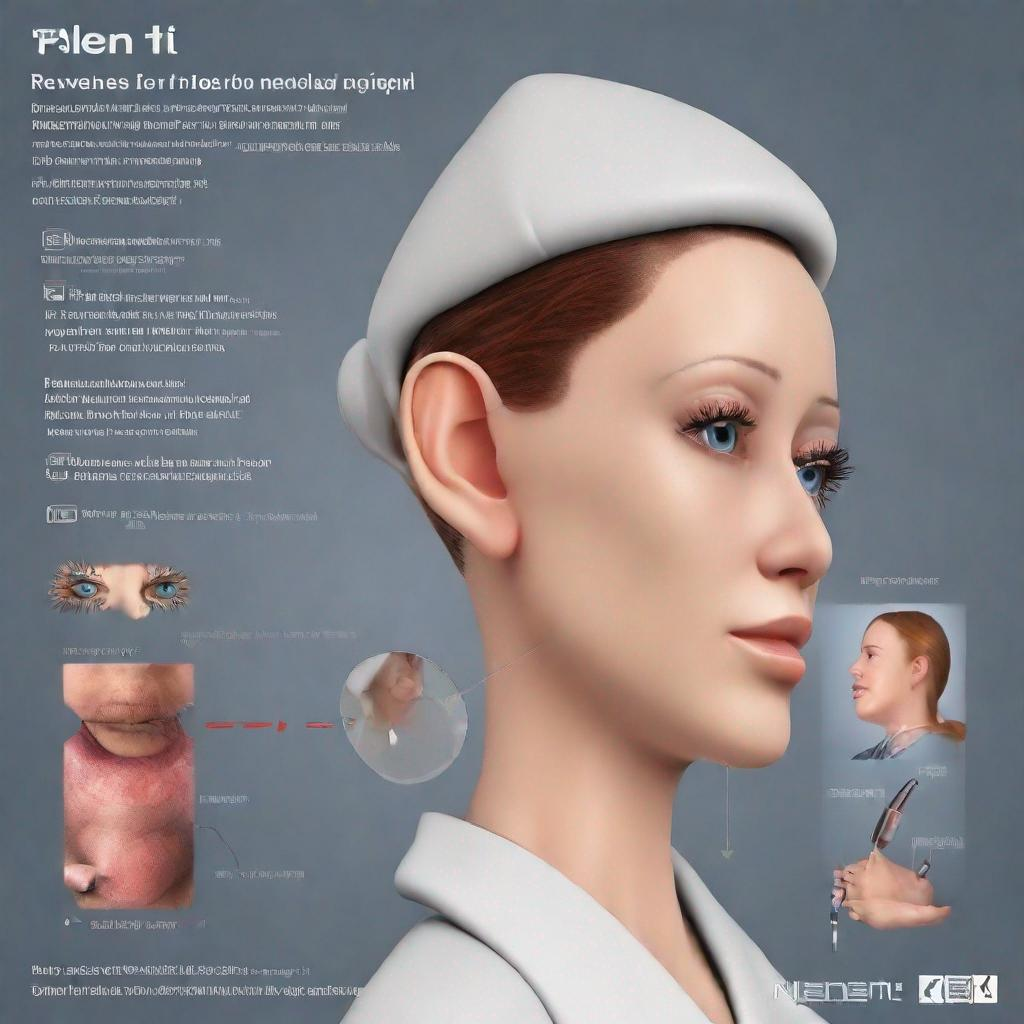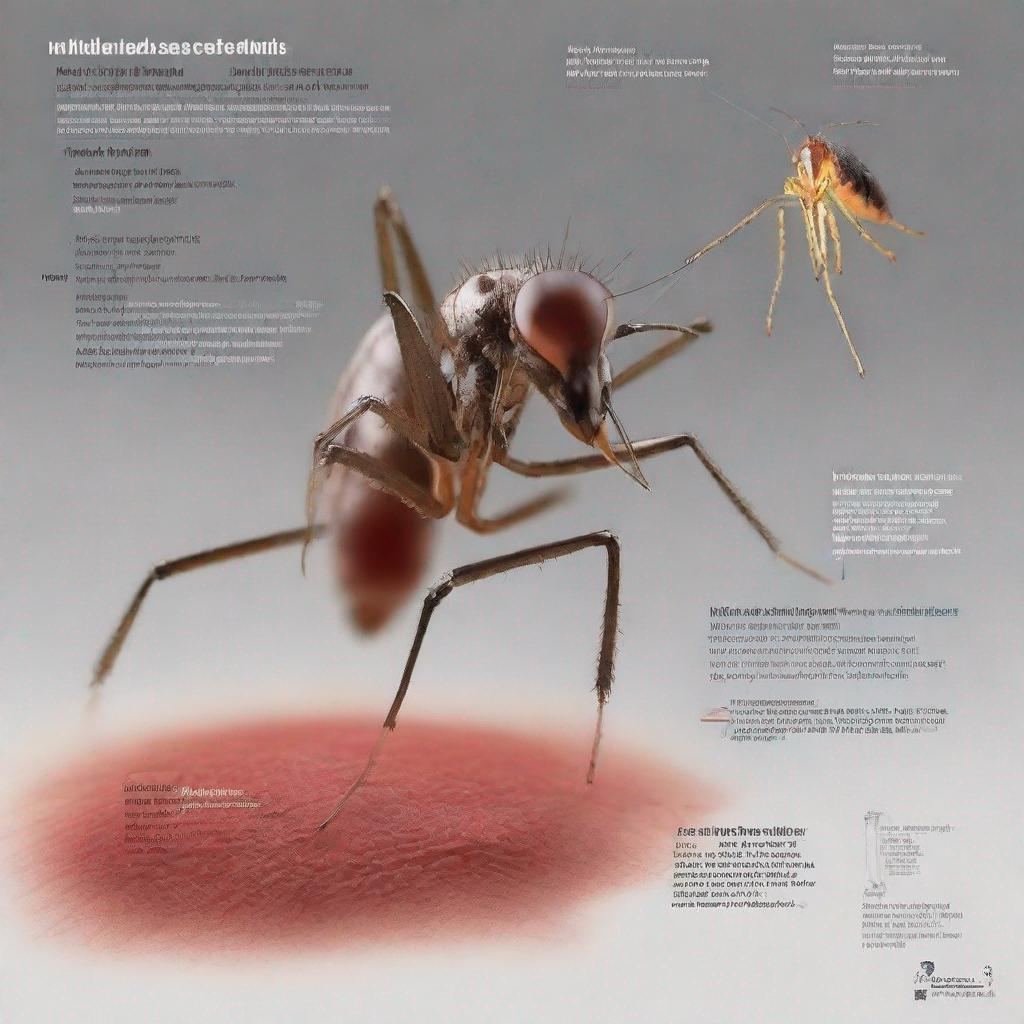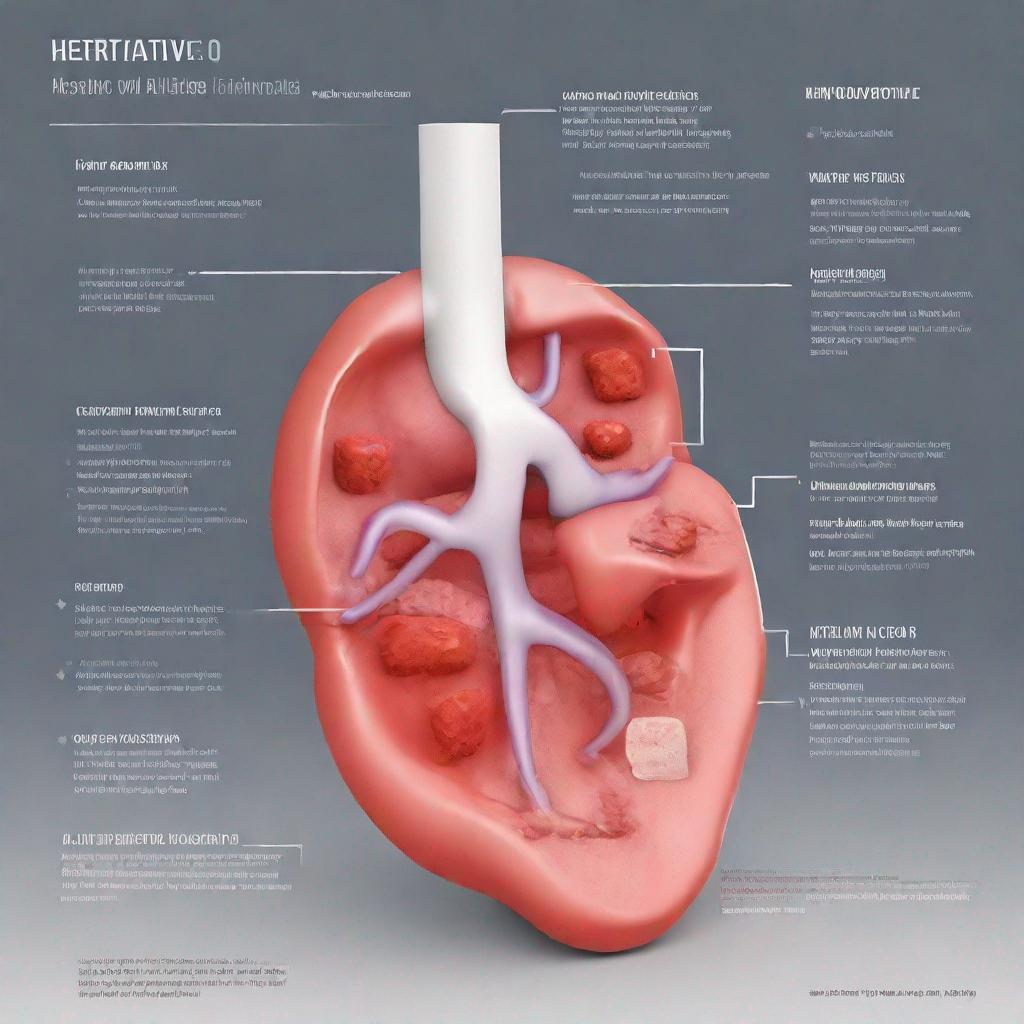## HEENT Examination: A Comprehensive Guide
**Introduction**
The HEENT examination, also known as the ear, nose, and throat (ENT) examination, is a comprehensive medical test used to assess the health of the head and neck region. It examines various structures and functions of the ears, nose, throat, and related areas to identify potential diseases or conditions.
**Procedure**
A HEENT examination typically involves the following steps:
* **Visual Inspection:** The doctor visually examines the eyes, ears, nose, throat, and neck for any abnormalities, such as swelling, redness, or discharge.
* **Palpation:** The doctor gently feels the lymph nodes, thyroid gland, and other structures in the head and neck region to check for tenderness or enlargement.
* **Auscultation:** Using a stethoscope, the doctor listens to the sounds within the ears, nose, and throat to detect any abnormal noises or breathing patterns.
* **Otoscopy:** An otoscope is inserted into the ear canal to examine the eardrum, ear canal, and middle ear for signs of infection or obstruction.
* **Rhinoscopy:** A rhinoscope is inserted into the nose to visualize the nasal passages, septum, and turbinates for any abnormalities.
* **Laryngoscopy:** A laryngoscope is used to examine the larynx (voice box) and vocal cords for any inflammation or structural issues.
**Diagnosis: Diseases and Conditions**
The HEENT examination can help diagnose a wide range of diseases and conditions, including:
* **Ear:** Acute otitis media, otitis externa, labyrinthitis, Ménière’s disease
* **Nose:** Rhinitis, sinusitis, deviated septum, nasal polyps
* **Throat:** Pharyngitis, tonsillitis, laryngitis
* **Neck:** Enlarged lymph nodes, thyroid disorders, temporomandibular joint (TMJ) disorders
**Importance**
The HEENT examination is an important part of a comprehensive medical evaluation because it can:
* **Detect Early Signs:** Identify potential health issues in the early stages, even before symptoms appear.
* **Identify Underlying Causes:** Help determine the underlying cause of common symptoms, such as earache, sore throat, or nasal congestion.
* **Monitor Treatment:** Track the progress of treatment and adjust it if necessary.
* **Prevent Complications:** Prevent potential complications by identifying and treating conditions early on.
**Alternatives**
In some cases, alternative tests or procedures may be used to supplement or replace the HEENT examination. These may include:
* **Imaging Tests:** X-rays, CT scans, or MRIs can provide detailed images of the head and neck structures.
* **Audiometry:** An audiometry test measures hearing sensitivity and can help diagnose hearing loss.
**Preparation**
No special preparation is typically required for a HEENT examination. However, it’s helpful to:
* Inform the doctor about any current symptoms or concerns.
* Bring a list of medications and supplements you’re taking.
* Remove any jewelry or clothing that may interfere with the examination.
**Duration**
A HEENT examination typically takes about 15-30 minutes.
**Recommendations**
Depending on the findings of the HEENT examination, the doctor may recommend additional tests or specialist referrals. These may include:
* Further imaging studies (X-rays, CT scans, MRIs)
* Audiometry or other hearing tests
* Allergy testing
* Consultation with an otolaryngologist (ENT specialist)




